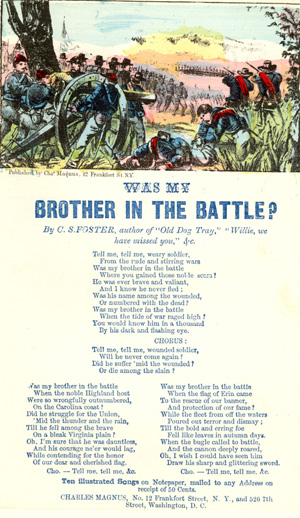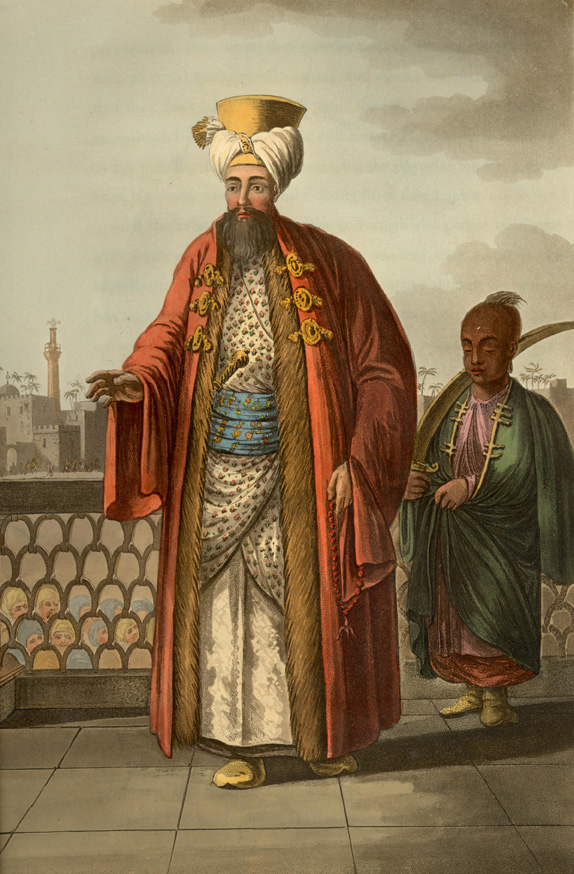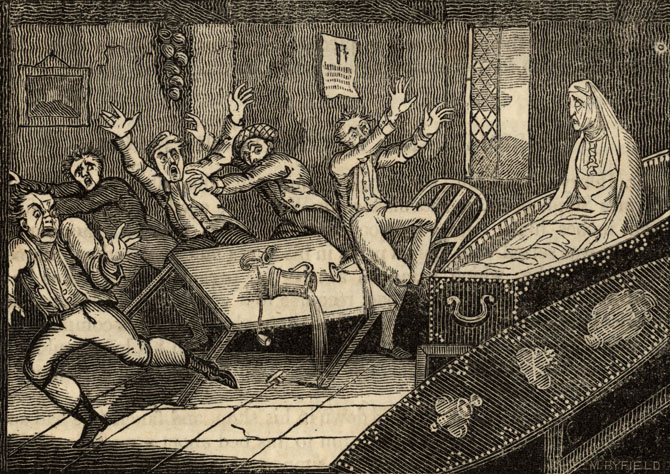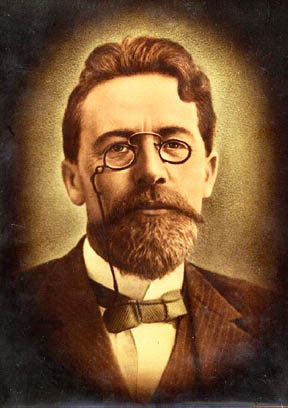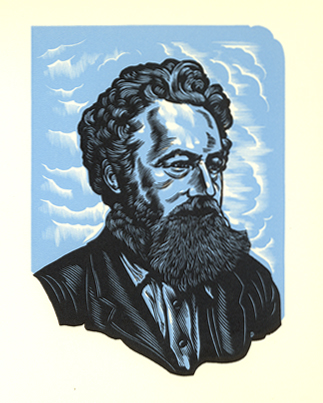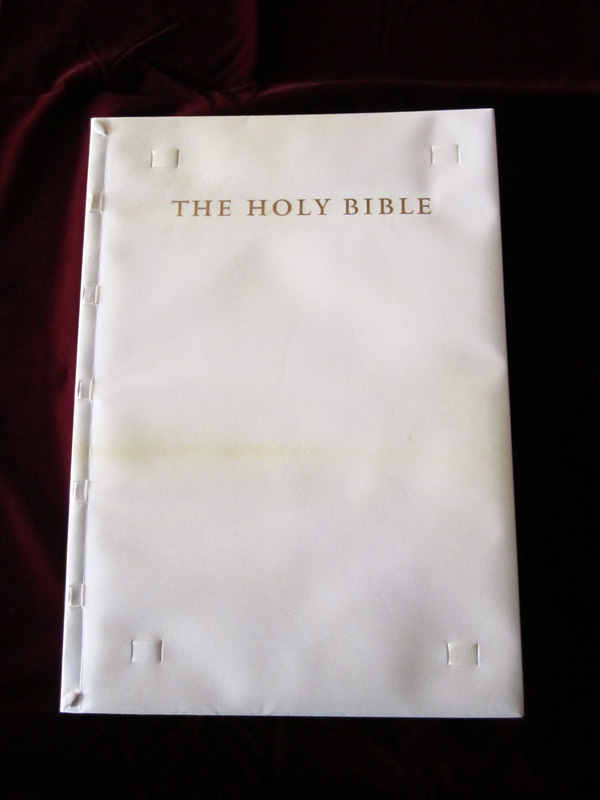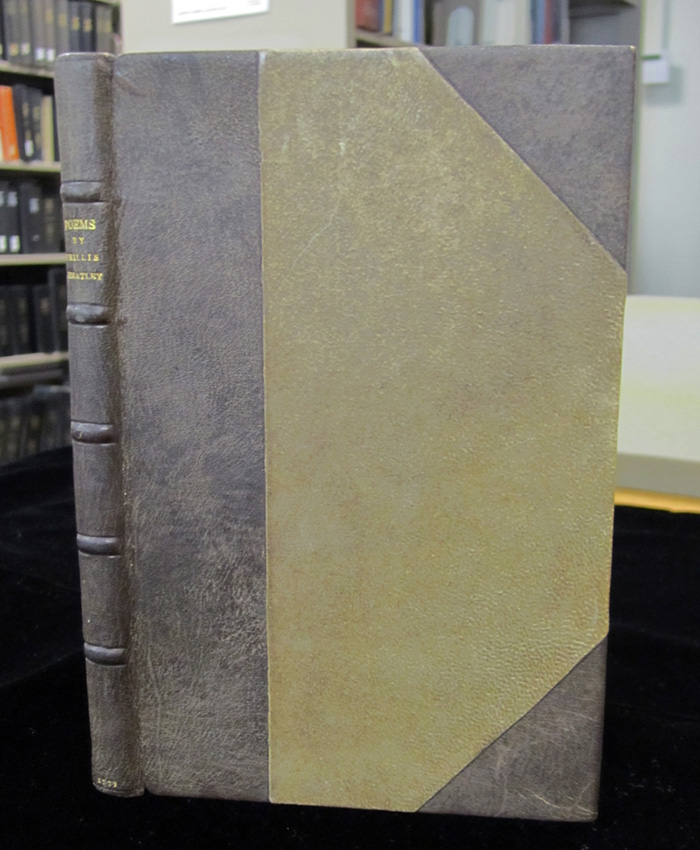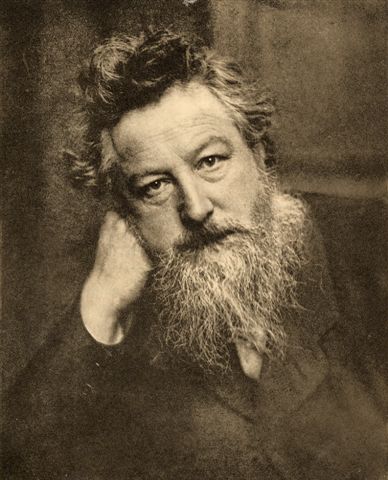By Janice Schulz
On April 12, 2011, our country will recognize the 150th anniversary of the start of the Civil War and to commemorate it, the Archives & Rare Books Library has mounted an exhibit highlighting our materials related to the war and the corresponding time period. Documents in the exhibit have been chosen from several of our collecting areas, including Rare Books, Urban Studies, and Local Government Records.
Examples from our collection of composer Stephen Foster’s material begin the exhibit. With stirring titles such as “Was My Brother in the Battle?” and “Willie’ll Roam No Moer,” his Civil War songs have been published with full color drawings that offer a visual image of their themes, providing a combination that must have appealed powerfully to Northern sensibilities. Continue reading

